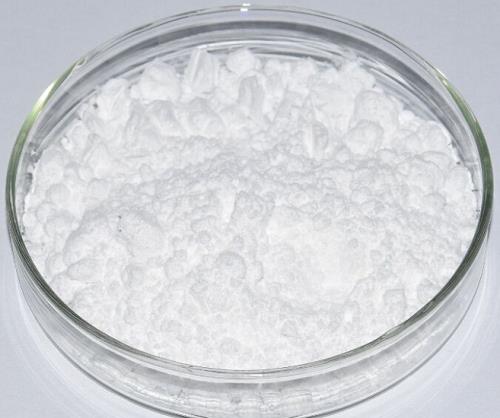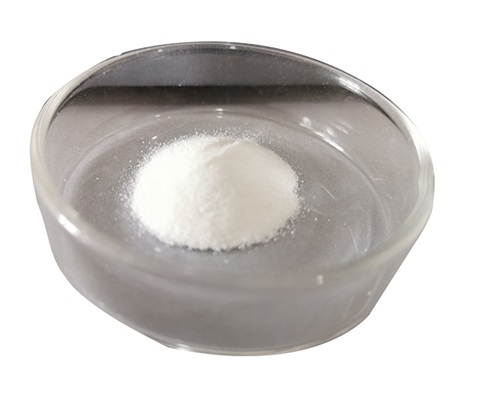Reducing agent
More
Less
A reducing agent (also called a reductant or reducer) is an element (such as calcium) or compound that loses (or "donates") an electron to another chemical species in a redox chemical reaction. Since the reducing agent is losing electrons, it is said to have been oxidized. If any chemical is an electron donor (reducing agent), another must be an electron recipient (oxidizing agent). A reducing agent is oxidized because it loses electrons in the redox reaction. Thus, reducing agents "reduce" (or, seen another way, are "oxidized" by) oxidizing agents, and oxidizers "oxidize" (that is, are "reduced" by) reducers. In their pre-reaction states, reducers have more electrons (that is, they are by themselves reduced) and oxidizers have fewer electrons (that is, they are by themselves oxidized). A reducing agent typically is in one of its lower possible oxidation states and is known as the electron donor. Examples of reducing agents include the earth metals, formic acid, oxalic acid, and sulfite compounds.




